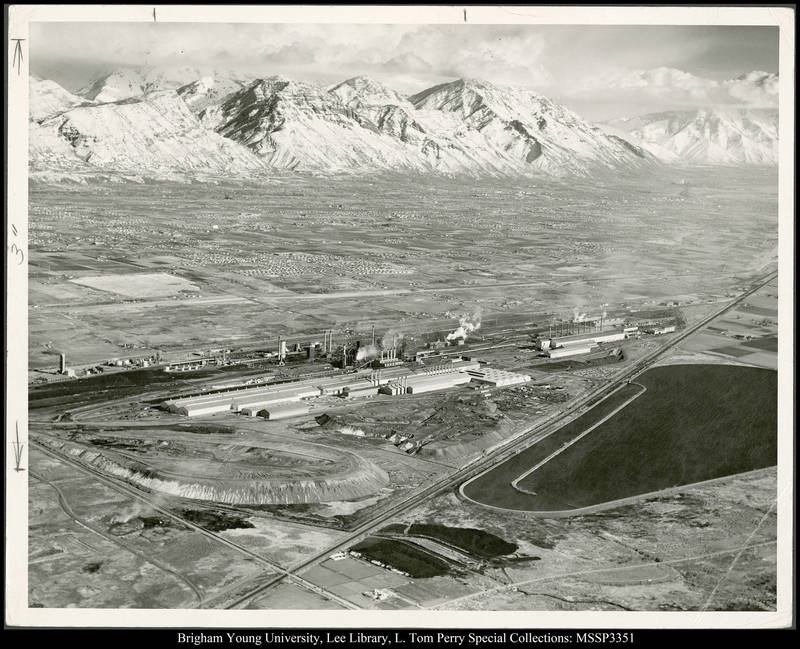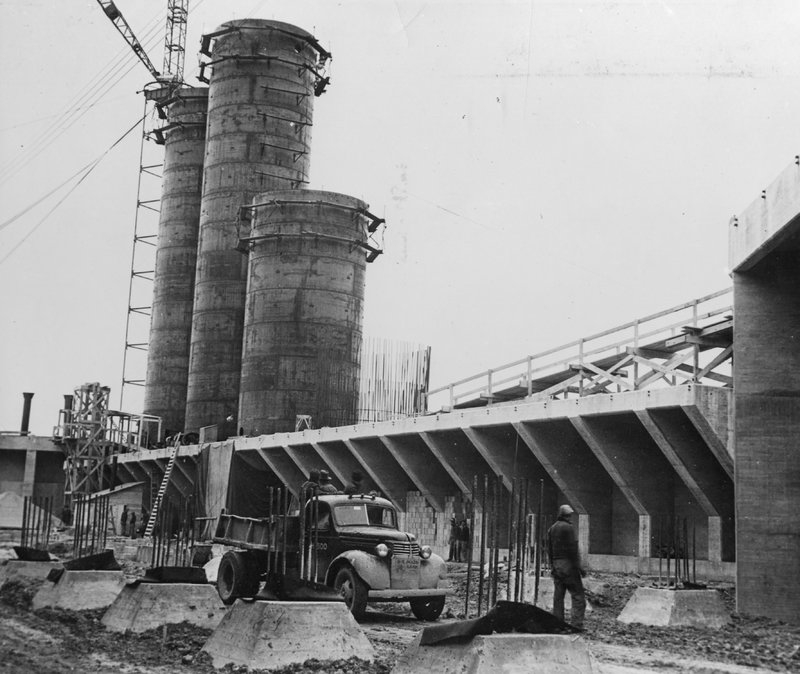Women at Geneva Steel

Brigham Young University, Provo, UT 84602. Date: 1920
Though the women were always outnumbered at the plant, they made no small contribution to Geneva Steel.
Geneva Steel was a wartime steel plant built for World War II that continued operation until 2002. After more than doubling the population of Orem in the 1940s, Geneva remained an important part of Utah Valley’s silhouette for decades. It replaced agriculture with industry and farmland with subdivisions. Most of all, it was appreciated as a much-needed source of employment in a Depression-ravaged country. Over the years, Geneva provided jobs to tens of thousands of people. While steel-working was traditionally a male-dominated industry, many women were employed at the plant as well in its 60 years of operation.
Women were employed at the plant during World War II simply because there was such high demand for workers. Many of them didn’t stay in their positions after the war, and went back to more traditionally accepted women’s roles. However, several women did stay working there and many others would follow in coming years. Patty Ivie is one former worker who is still in close contact with the other female laborers that worked beside her. She was raised doing hard work on a ranch, and it wasn’t hard for her to prove herself as an equal to the men working at the plant. “Once the guys knew that we were going to do the job, they were fine with us.” One of her former coworkers reflected, “We might have done things a little differently, but we got them done.”
While Geneva would always be a male-dominated environment, the women who worked there played a valuable role, both inside and outside the factory. Many of them were single mothers or helping support their families, and were glad to find a job that paid more than traditionally female-dominated positions. One woman reflects on her time as a young, single mother—she would commute to Salt Lake City from Orem to get to her minimum wage job in a restaurant. Once she found the much higher wages available to her if she took a job at Geneva, “I just couldn’t pass it up.”
The reasons for taking jobs at Geneva in the 40s and afterward are varied. Some just wanted the experience of working while abundant openings arose during the war; for others, it was a matter of supporting their families. Just as these women forged strong steel behind Geneva’s walls, Geneva forged these individuals into strong, hard-working women.
Images

Brigham Young University, Provo, UT 84602. Date: 1920
